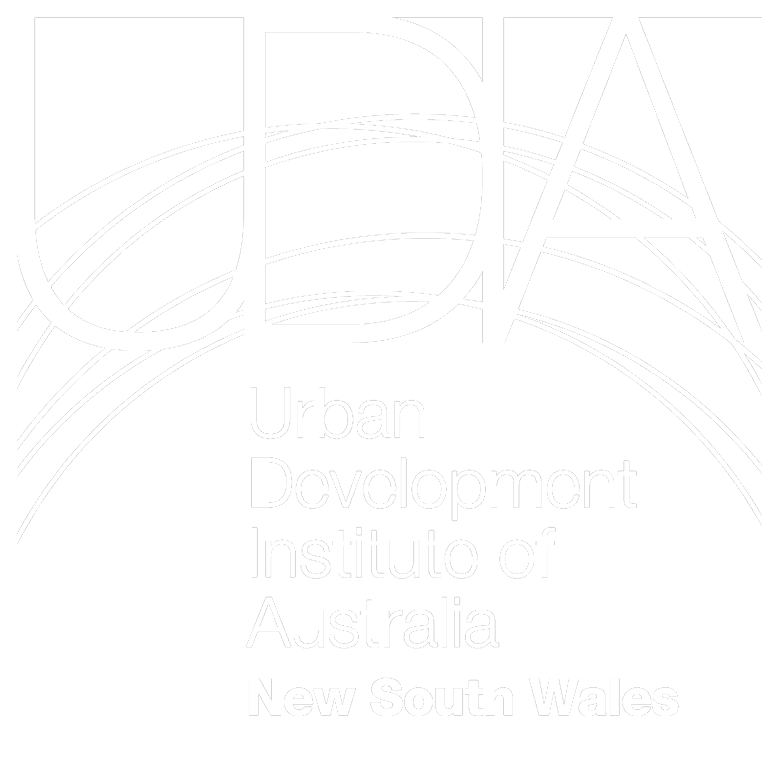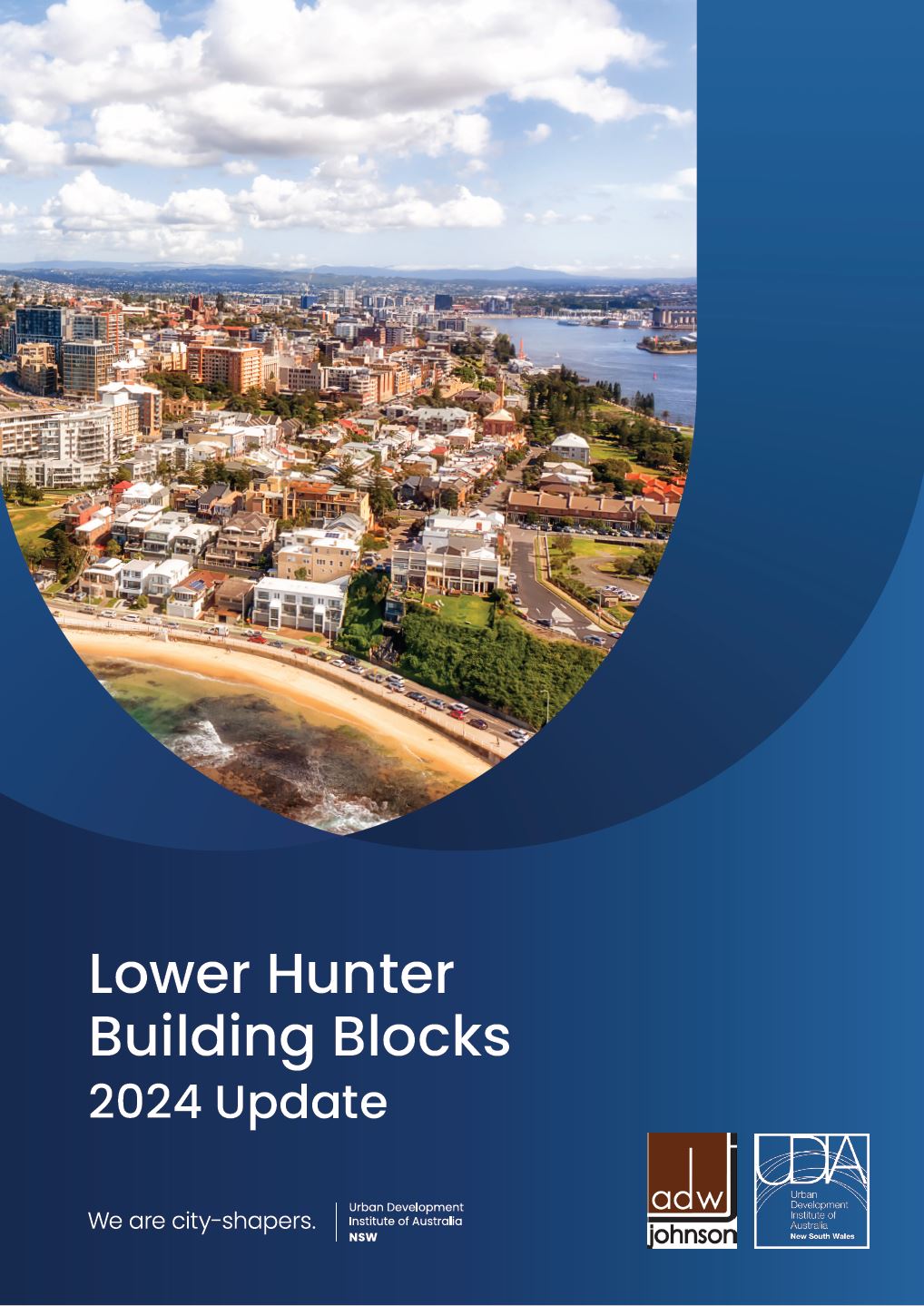UDIA’s 2024 update to its Lower Hunter Building Blocks Report released today, shows where targeted Government investment in enabling infrastructure is needed to help the region reach its Housing Accord target of 30,400 new homes in the next 5 years.
Upfront Government investment of $420 million over the next 5 year would enable infrastructure to be funded early so that it can be planned, designed and constructed to help unlock 28,915 new dwellings, or 95% of the region’s combined Housing Accord target.
“This investment of $420 million, or just $14,000 per new dwelling, will pay for itself. We need to rethink our infrastructure funding model and have Government make an upfront investment in the infrastructure needed to unlock housing with the contribution coming after the housing is delivered,” said Stuart Ayres, UDIA NSW CEO.
The report’s findings show every local government area in the Lower Hunter has a deficit of infrastructure funding that will impact their ability to achieve the Lower Hunter’s housing target. Enabling infrastructure includes upgraded or new state roads, local roads, water, sewer and power infrastructure – the essential building blocks needed to get new houses delivered.
UDIA partnered with our member ADW Johnson to identify the specific infrastructure required and its cost for all major greenfield housing and employment land sites in the Cessnock, Lake Macquarie, Maitland, Newcastle and Port Stephens local government areas.
An upfront Government investment now will be more than recouped through future developer contributions and state revenue like stamp duty, land tax and payroll taxes which only accrue to the Government when new homes are built.
“The alternative is Government’s business as usual approach of waiting years for developer contributions to accumulate before there is enough available to start funding a handful of these housing enabling projects. That approach is clearly not delivering homes at the speed that communities need them,” said Stuart Ayres.
Nearly half of the 5-year funding required for housing would go to improving the state road network. The report also shows that another $83 million is needed over the next 5 years to support 626 hectares of employment land that could deliver 30,000 new jobs for the Lower Hunter. In total, the UDIA Building Blocks report details $1.2 billion over 20 years for enabling infrastructure to support 54,000 new homes and 648 hectares of new employment land.
“The Hunter is a great place to live and work but the ability to build a home or new business will only get harder without further investment in enabling infrastructure,” said Stuart Ayres.
UDIA and ADW Johnson will launch the 2024 UDIA Lower Hunter Building Blocks report at a UDIA event later today where guests will also hear from the NSW Chief Transport Planner, Simon Hunter, about how Transport for NSW is developing a strategic regional integrated transport plan to support the Lower Hunter.
The Full report can be found at this link
–ends–
Media Enquiries: Deanna Lane, Director of Media & Communications UDIA NSW and National dlane@udiansw.com.au 0416 295 898

